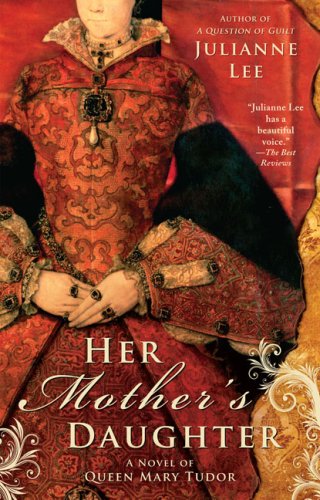Her Mother’s Daughter
“Bloody Mary. Bloody Mary.” A children’s scary game recalls the history of the 16th-century queen, Mary Tudor. Daughter of Henry VIII and Catherine of Aragon, half-sister to Anne Boleyn’s Elizabeth and Jane Seymour’s Edward VI, Mary is dwarfed by the reigns of her flamboyant father and sister, Elizabeth, the Virgin Queen. Indeed, Mary is “her mother’s daughter,” clinging to the True Faith for solace and strength, following the example of her devout mother when assailed by Henry for a divorce. Raised in ignominy—her right to the throne denied in Henry’s quest for a male heir—Mary knows little affection, gaining the throne by virtue of her place in history.
Lee puts a human face on an unhappy woman determined to restore moral integrity to her country. Unfortunately, Mary’s brutal reforms only exacerbate the tension between rival factions in England. As queen, Mary zealously initiates public burnings to root out Reformist heresy. As dour and unhappy as her mother, Mary has a rigid nature. She yearns for marriage, finally wed in her late thirties to Philip II of Spain, aged twenty-six. Queen Mary nearly enjoys the state of matrimony, but a false pregnancy puts dreams of motherhood to rest. Nor do Philip’s constant entreaties to share the crown win him favor with his wife. In the end, Philip sails away, Mary barren and abandoned, God her only comfort.
We follow Mary’s sad trajectory through life, from unwilling stepchild of Anne Boleyn to lonely wife who expires without husband or issue. Her mission to restore England to the Church, Mary’s is a somber legacy, a queen without vision or nuance stubbornly clinging to the rigors of faith, sacrificing her subjects in the name of God.










